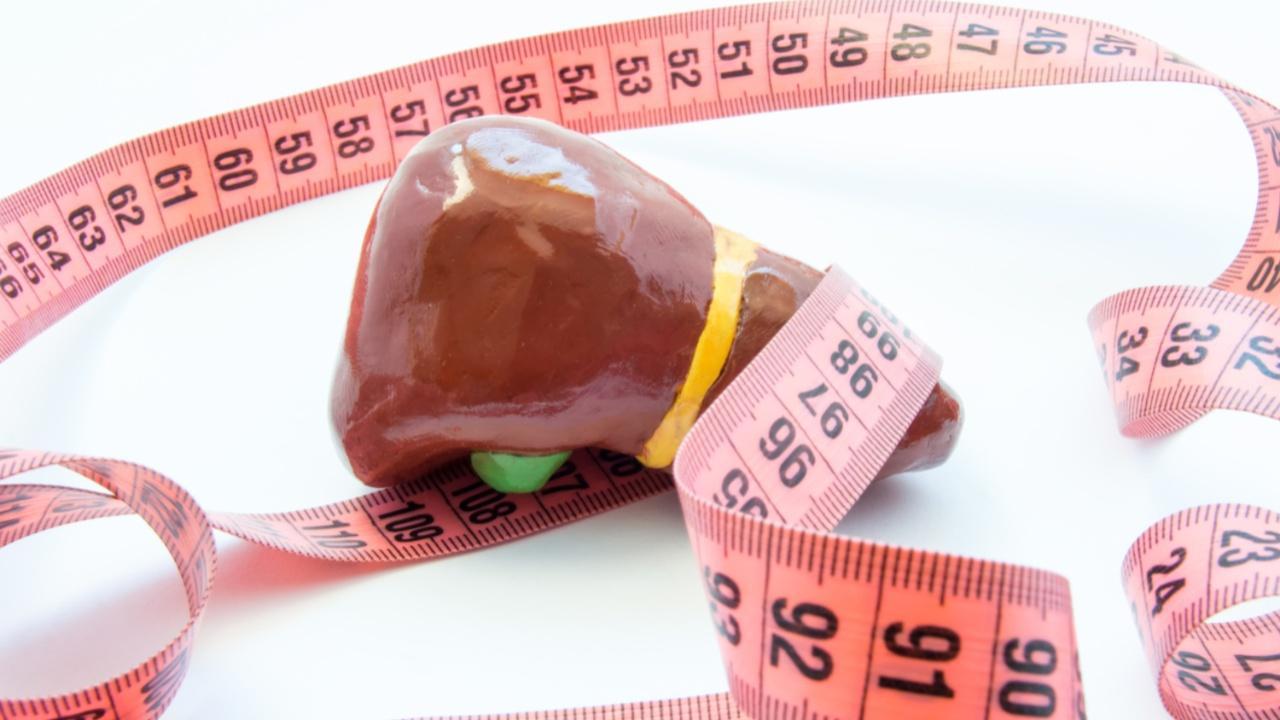
While alcohol is known to damage the liver, less activity coupled with a high intake of carb and fat food is silently driving an epidemic of nonalcoholic fatty liver disease in India, said experts here on the occasion of International NASH Day on Thursday.
Fatty liver disease of two types: If there is fat, but no damage to the liver, the disease is called nonalcoholic fatty liver disease (NAFLD). If you have fat in your liver plus signs of inflammation and liver cell damage, then it is called nonalcoholic steatohepatitis (NASH).
Speaking to IANS, Dr. N Murugan, Hepatologist and Transplant Physician, Apollo Hospitals said: “NASH is among the fastest-growing reasons for liver transplants across many developed and developing nations. It is known as a silent liver disease because there are often no obvious symptoms.”
“We are used to hearing about alcohol-related liver damage; however, (non-alcoholic) fatty liver disease is now steadily becoming a leading contributor to cirrhosis, liver transplantation, and mortality,” he added.
While globally the prevalence of NAFLD is estimated to be around 25 per cent (22-28 per cent), the prevalence in Asia is about 27 per cent (22-32 per cent). “However, we have seen the trend to be much higher in India with prevalence among adults at 39 per cent and among children at 35 per cent,” Dr Murugan said. The condition is even more severe among individuals who are obese or diabetic.
“In India, the prevalence of NASH is up to 8 per cent in non-obese individuals and up to 45 per cent in obese individuals with body mass index over 30 and diabetics up to 52 per cent,” Dr Sushrut Singh – Additional Director, Gastroenterology, Fortis Hospital Noida, told IANS.
Being overweight or having diabetes are the two major risk factors for fatty liver disease. In addition, people suffering from dyslipidemia (abnormal triglyceride or cholesterol levels), or hypertension also show increasing cases of fatty liver.
“A major contributor to NAFLD in India is the metabolic risk factors related to an inactive lifestyle and a high consumption of calories, especially carbs and fats,” Dr Murugan said. “Belly fat is another key indicator — if your waistline is more than 80cm for women or more than 90cm for men, it is important to modify your diet and lifestyle,” he added.
The doctors lamented that the cases of NAFLD leading to transplants are almost at par with alcoholic liver disease-led transplants. However, “more alarming is the lack of awareness among the public, which limits the efforts made into its prevention at an early stage,” the health experts said. “NASH continues to destroy the liver silently. Since it causes significant liver damage, sometimes irreversible, even before symptoms arise, it is called a silent killer/epidemic,” said Dr Singh.
“So, to tackle this epidemic in India, stringent testing in high-risk groups is mandatory to identify this silent killer at an early stage when it can be managed mostly by dietary and lifestyle changes,” he added.
Also Read: From cinnamon to orange, this monsoon brew unique and original coffees
This story has been sourced from a third party syndicated feed, agencies. Mid-day accepts no responsibility or liability for its dependability, trustworthiness, reliability and data of the text. Mid-day management/mid-day.com reserves the sole right to alter, delete or remove (without notice) the content in its absolute discretion for any reason whatsoever
Stay connected with us on social media platform for instant update click here to join our Twitter, & Facebook
We are now on Telegram. Click here to join our channel (@TechiUpdate) and stay updated with the latest Technology headlines.
For all the latest Health & Fitness News Click Here
